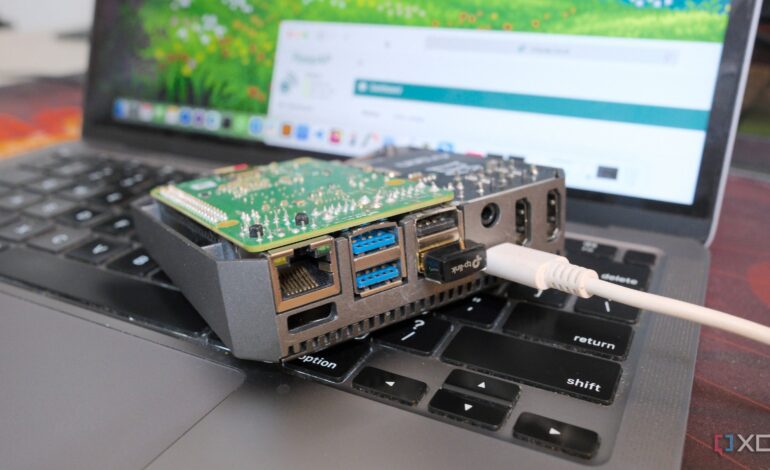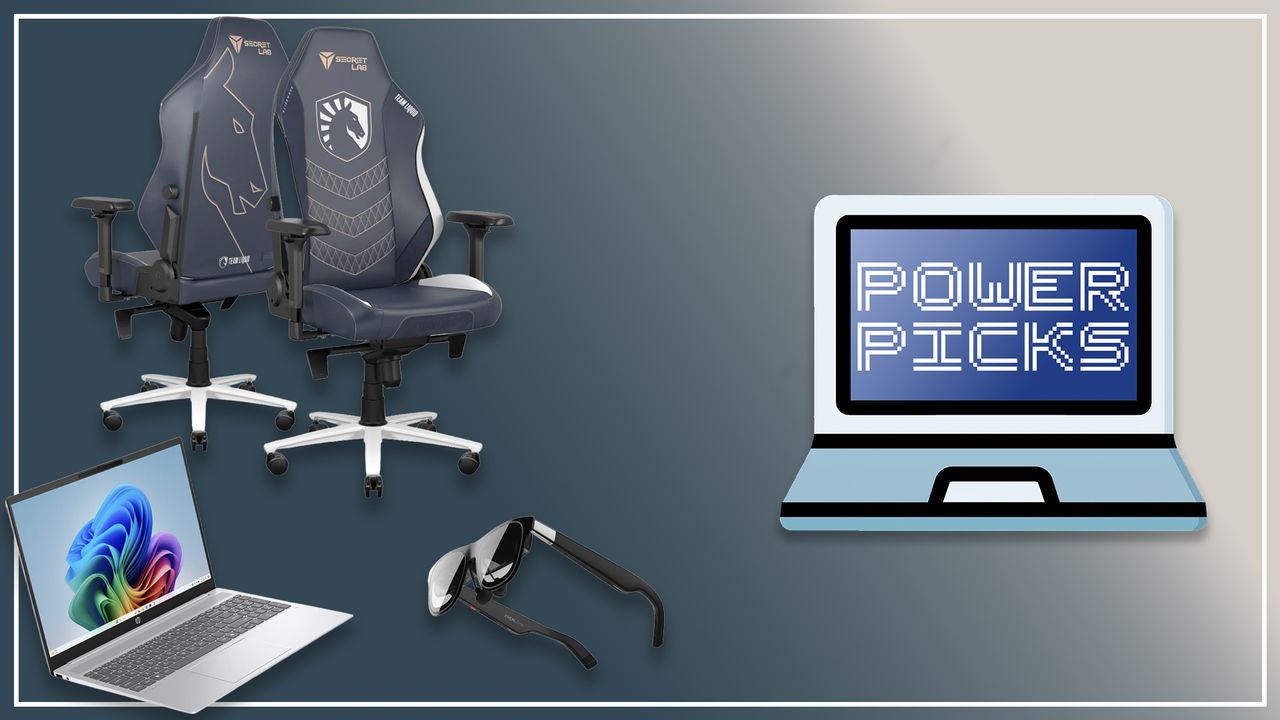Explore 5 Innovative Raspberry Pi Projects Without Soldering

The Raspberry Pi continues to inspire tech enthusiasts with its versatility in creating innovative projects that require minimal hardware modifications. For individuals looking to utilize this popular single-board computer (SBC) without delving into soldering or complex electronic configurations, there are numerous engaging options. Below are five practical Raspberry Pi projects that leverage existing software and hardware capabilities without the need for additional soldering.
Transforming a Hi-Fi Speaker into a Bluetooth Streaming Device
Many households still possess analog Hi-Fi speakers that lack modern connectivity options. By repurposing an old speaker, users can create a Bluetooth-enabled audio streaming device with a Pi Zero 2W and moOde Audio OS. This project does not require the addition of a Digital-to-Analog Converter (DAC) hat or complicated wiring. Instead, a simple USB Type-C audio jack can be used, which connects easily to the Raspberry Pi.
After flashing the moOde Audio OS onto an SD card and inserting it into the Pi, users can access a web interface to configure audio settings. The operating system allows for the selection of audio outputs, enabling streaming from Bluetooth devices or through the moOde interface itself. This setup effectively breathes new life into an old speaker, making it a modern audio solution.
Creating an AI Art Generator Display
The combination of a seven-inch e-INK display and the Pi Zero 2W opens up exciting possibilities for digital art in home or office settings. This project involves straightforward connections, as the display can directly attach to the Pi’s GPIO headers. Powering the setup is as simple as connecting a micro-USB cable.
By installing the InkyPi software and an AI art generator plugin that utilizes OpenAI’s DALL-E API, users can create and display unique artworks. The interface allows for customization, enabling the generation of images based on user prompts. With each prompt, the DALL-E model produces visually captivating pieces that can be showcased on the e-INK display, making for a delightful decorative element.
Building an Energy-Efficient Desktop
The latest iteration, the Raspberry Pi 5, significantly enhances the potential of using a Raspberry Pi as a desktop computer replacement. This project only requires a USB hub and peripherals to set up a functional workspace. Users can connect an old LCD monitor via the HDMI port, along with a keyboard and mouse.
Incorporating an NVMe SSD boosts performance, allowing for efficient multitasking. The Pi 5 supports a wide range of operating systems, from the official Raspberry Pi OS to various Linux distributions. Even Windows 11 can be run, though the Raspberry Pi OS is recommended for optimal performance. This project not only serves as an additional computer for personal use but also offers an affordable solution for children’s learning without risking damage to primary devices.
Creating a Remote Download Device
Another niche use for the Pi Zero 2W is as a dedicated remote download device. This energy-efficient setup allows users to manage downloads without tying up their main computer. Utilizing the GUI version of the Raspberry Pi Desktop OS, along with RealVNC for remote access, users can paste download links into JDownloader2.
The external SSD connected to the Pi acts as storage for downloaded files, ensuring that the main PC remains available for other tasks. This configuration allows for easy file transfers over the network, providing a seamless experience for accessing remote downloads.
Establishing a Media Streaming Server
Setting up a Raspberry Pi as a media streaming server is an excellent way to access personal content from any device on the local network. By combining Jellyfin and Tailscale, users can create a secure and accessible media platform. This setup not only offers an alternative to subscription-based streaming services but also facilitates access to files while traveling.
Once configured, Tailscale ensures that only devices linked to the same account can access the media server, enhancing security. This system allows for remote downloading of content, making it convenient for users who may not always have stable internet connections for direct streaming.
These five projects demonstrate the incredible potential of the Raspberry Pi without necessitating soldering or complex electronic setups. By utilizing existing ports and software, individuals can effectively transform their Raspberry Pi into versatile devices for music streaming, digital art displays, desktop computing, remote downloading, and media management.






